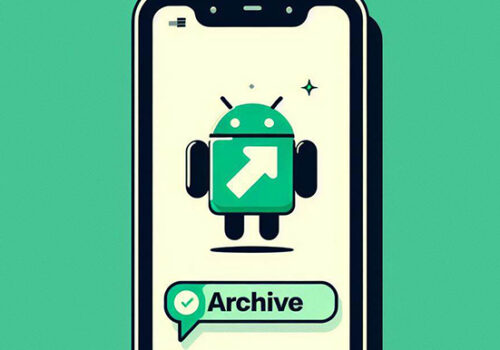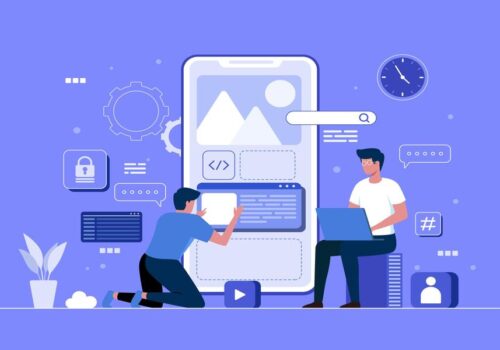8 Ways to Help Remote Students With Limited Internet Access
Since the Covid-19 pandemic, seeking education has become extremely challenging for many students. On the other hand, it has introduced new ways to learn remotely without leaving the comfort of your home.
While many students enjoyed their remote learning experience, some students faced a lot of difficulties due to limited access to the internet. With school closures, people are eager to know new ways for seamless remote learning.
We have curated a list of 8 cost-effective ways to allow virtual learning without paying a hefty price:
Regular Contact
Since students can’t meet each other in person every day, the internet helps them stay connected no matter where they are. Similarly, teachers can use the internet to provide feedback to their students on their academic performance. From phone calls and emails to meetings on Zoom, students can keep in touch with their teachers to present their queries related to academic work, lectures, quizzes, and exams.
Offline Features
It may become difficult for students to get access to the internet in certain parts of the U.S. In such situations, offline features may come in handy. These features allow you to download course material when you have internet access and view it as many times as you want even if you go offline. For example, you can download your lecture files through a learning management system (LMS) while you are connected to the internet. If your files are in .docx, .pdf, .xlsx, or .pptx format, you can view them later without needing an internet connection. Similarly, YouTube allows you to download videos while you are online, which can be accessed when you are no longer connected to the internet.
But, if you have an unstable internet connection in your home or office, you can connect to various public Wi-Fi hotspots available in many places, including libraries, shopping malls, and even coffee shops.
Limit the Use of Videos
If a student attends an online meeting, it may require up to 810 MB of data. For those who have subscribed to an unlimited data plan, it may not matter to them. However, for some students, it can be equivalent to an entire day’s or week’s data.
To make it simpler and easier, teachers need to check how many students have access to limited data. By doing so, they can allow such students to disable video during a Zoom meeting for remote learning. In addition, explaining a topic verbally would be more beneficial than showing it visually. With the use of audio-only, students will not experience pressure to turn on their videos and consume too much data in a short time.
Add Transcriptions
If lectures are delivered through audio and video apps, they may include automatic transcription. This option works best for those students who may encounter issues while attending classes online. Teachers can upload transcripts after the class to allow every student to understand the lecture, even if they didn’t attend the class.
This way, students will have a record of classes to attend later. Similarly, those who are having problems attending sessions due to internet limitationscan use the course material from each session to study later.
Low Bandwidth and Data Apps
It is always a better idea to use smaller apps. Since some students may have access to limited data or maybe use an expensive data plan, these apps will allow teachers to upload exercises, assignments, or reference material for their students. Telegram uses the smallest amount of data of 49 megabits, WhatsApp uses 103 megabits, and Messenger requires the largest at 125 megabits. These apps can also help students to keep in touch with teachers and classmates for teamwork activities. You can simply download them on your mobile phone, laptop, or computer.
Use Plain Text to Minimize File Size
You need to understand that downloading larger files may take up too much data. This way, it may create difficulty for students who have internet plans that impose data caps. In such cases, you need to reduce the file size using the following tips:
- Instead of using .pdf or .docx, use .rtf, .doc formats to prepare lecture files
- Limit the use of images and videos
- Use plain text
Recommend Affordable Internet Plans
Your students may not know much about different internet providers and their monthly plans. Some students may end up subscribing to expensive internet plans that may not provide enough speeds to learn virtually. On the other hand, some may struggle to download files because their internet providers impose data caps, which may bring overage fees to their monthly internet bills.
To resolve these issues, you should suggest your students switch to Spectrum Internet. It offers various internet plans with different speeds at pocket-friendly prices. With Spectrum Internet, even if the students face connectivity issues, they can call servicio al cliente de Spectrum at any time of the day to get the issue resolved.
Provide Hard Copies
As a teacher, you can give out textbooks, workbooks, exercises, and other course material in hard copy. If your lectures are audio-based, you can record them on a USB and send them off to your students. This way, they won’t face trouble in accessing learning material. In addition, they don’t need to sign up for internet plans that can break their bank.
Wrapping Up
We recommend you follow the abovementioned ways to allow hassle-free virtual learning to students across the U.S. Since the internet can be costly or limited in certain areas, these tips will help students get access to education without affecting their academic progress.





